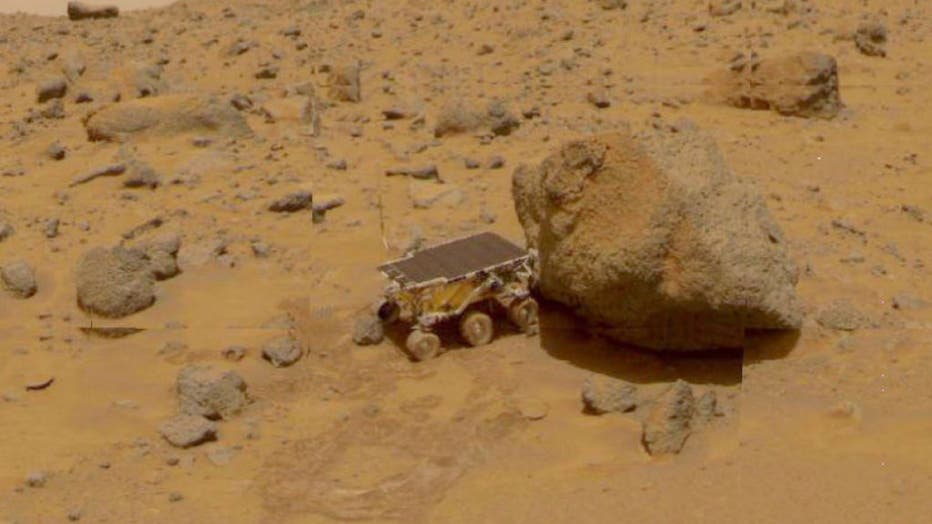NASA pitches cheaper, faster plan to bring Mars samples to Earth

NASA's Ingenuity mission ends on Mars
After three years on the surface of Mars, NASA's Ingenuity Mars helicopter mission has finally come to an end.
LOS ANGELES - NASA is pitching a revamped plan to retrieve rocks and soil from Mars that promises to be faster and significantly cheaper. The original mission, which ballooned to $11 billion and pushed potential returns past 2040, has been scrapped in favor of alternatives costing $6 billion to $7 billion.
The updated approach comes just weeks before President-elect Donald Trump’s inauguration and the retirement of NASA Administrator Bill Nelson. "We pulled the plug on the original plan months ago because of soaring costs and unacceptable delays," Nelson said, presenting the new proposals on Tuesday.
Why the Mars samples matter
NASA’s Perseverance rover, which landed on Mars in 2021, has been collecting samples in cigar-sized titanium tubes as part of the agency’s quest to uncover evidence of ancient microbial life.
The tubes, filled with rock and soil from a long-dry river delta, are considered high-priority for scientific study. NASA hopes to deliver the samples to Earth by the 2030s, enabling comprehensive analysis in advanced laboratories.
The revised options
Two approaches are now under consideration for the Mars sample return mission:
1. Traditional sky crane approach: This method would utilize the same rocket-steered landing platform that delivered NASA’s Curiosity and Perseverance rovers.
2. Innovative private-sector partnership: A second option leans on commercial partners to design new landing systems, although specific details remain sparse.
Both proposals aim to streamline operations by cleaning the sample tubes on Mars instead of inside the returning spacecraft and replacing solar power with nuclear energy to weather Martian dust storms. A final decision on the mission’s design is expected next year after detailed engineering studies.

FILE - View of the NASA Pathfinder Sojourner Rover robotic data gathering vehicle exploring the surface terrain of the planet Mars, 1997.
What’s next for NASA?
Incoming NASA Administrator Jared Isaacman, a tech billionaire with experience in space tourism, will oversee the project’s next phase. While the Trump administration will decide how to proceed, Nelson emphasized that funding must begin immediately to stay on track.
"We want to return 30 titanium tubes as soon as possible at the cheapest price," Nelson said, emphasizing the urgency of delivering the samples.
Challenges ahead
NASA faces stiff challenges as it refines its plans. The agency must balance costs, technical hurdles, and political dynamics as it pursues its ambitious goals. However, with the promise of nuclear-powered spacecraft and streamlined designs, the new proposals offer hope for a faster, more efficient mission.
As Nelson concluded, "What we wanted to do was to give them the best possible options so that they can go from here."
The Source
This story is based on reporting by the Associated Press and statements from NASA.

